SEARCH OUR AMAZING LIBRARY
OF VIDEOS AND ARTICLES TO
HELP YOU MANAGE YOUR PARKINSON’S
Blog
How Backward Training Can Affect Your Brain and Body Positively if You Have Parkinson’s
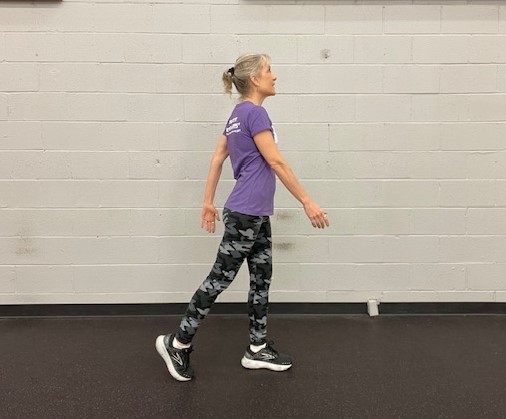
With Parkinson’s, muscles become imbalanced and stiff, causing a host of problems with gait and mobility. The front (anterior) of the body, which includes the chest, hip flexors, shoulders, and neck, gets stiff and tight. Meanwhile, the back (posterior) of the body—hamstrings, back, and glutes—becomes weak.
Most of our movement is in front of us, including walking forward. What if we were to walk backward? According to research, walking backward can have surprising benefits for both your body and your brain health.
Continue reading “How Backward Training Can Affect Your Brain and Body Positively if You Have Parkinson’s”Try These Great Parkinson’s Eye Exercises To Improve Your Balance
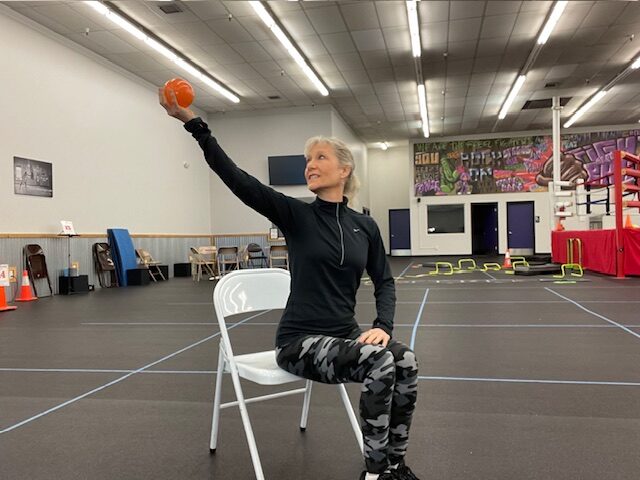
People with Parkinson’s disease may have a variety of complaints related to their vision, such as trouble reading, double vision, and dry eyes. While these issues don’t affect every person with PD, it is important to know what the different issues are and that there are a variety of ways to treat them.
Continue reading “Try These Great Parkinson’s Eye Exercises To Improve Your Balance”Do This Seated Glute Strengthener To Treat Parkinson’s Weak Hips
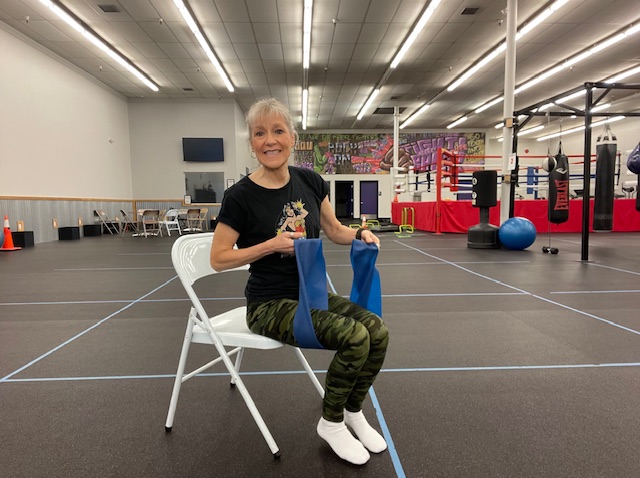
Strong glutes are vital for everyone, and especially if you have Parkinson’s. Your glutes are a very important muscle group for many reasons: they help balance your gait and stance, prevent falls, improve posture, and prevent back, hip, and knee problems. However, most of my private and group clients with back, hip, or knee pain couldn’t fire their glutes when we first started working together. This is very common!
Continue reading “Do This Seated Glute Strengthener To Treat Parkinson’s Weak Hips”What Does It Really Take To Slow Down Parkinson’s Disease? Are You Doing It?
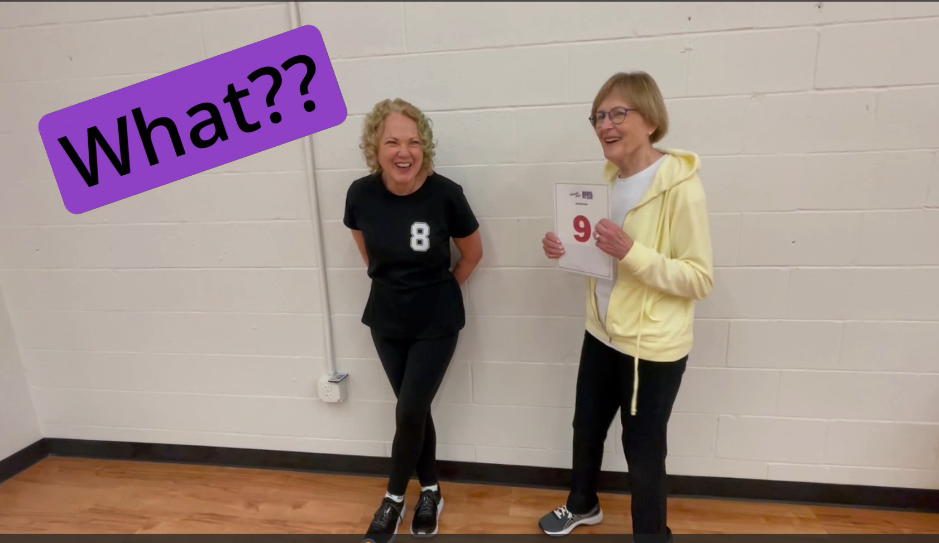
Instead of asking, “What is the bare minimum I must do to slow down the progression of Parkinson’s?” ask yourself: “What fun things can I do that will have the biggest impact?”
What if slowing your Parkinson’s included fun, learning, and making true friends who understand you and make you laugh? What if your coach felt like a friend who appreciates your challenges and celebrates your wins? Here at the Rebel Fit Club, you can feel stronger, faster, and more focused—almost as if during your time in class, you don’t have PD. As a coach, I hear this all the time. My fighters love attending class. It’s a safe place where they can be themselves.
Continue reading “What Does It Really Take To Slow Down Parkinson’s Disease? Are You Doing It?”How Did April And Tulips Become The Symbol For Parkinson’s Disease?
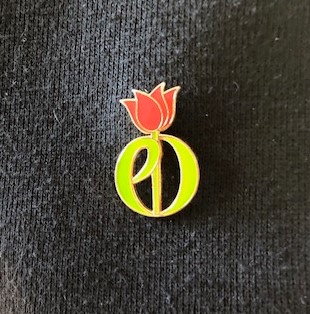
It is April, which marks Parkinson’s Disease Awareness Month, and I proudly wear my tulip pin every day. However, I still have so many people (with and without Parkinson’s) ask me what my pin symbolizes. I wanted to write this blog to ensure that my readers are among the people who can explain the story behind the Parkinson’s Tulip.
World Parkinson’s Day was instituted on April 11th, 1997 to commemorate the birthday of Dr. James Parkinson, the man who first formally identified the disease in 1817 (over 200 years ago!) in his work “An Essay on the Shaking Palsy.”